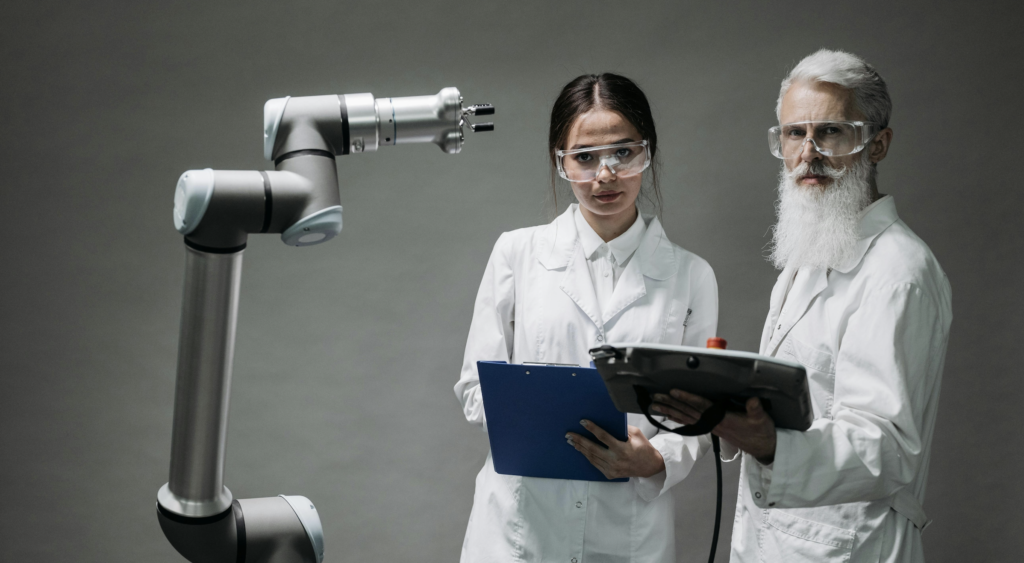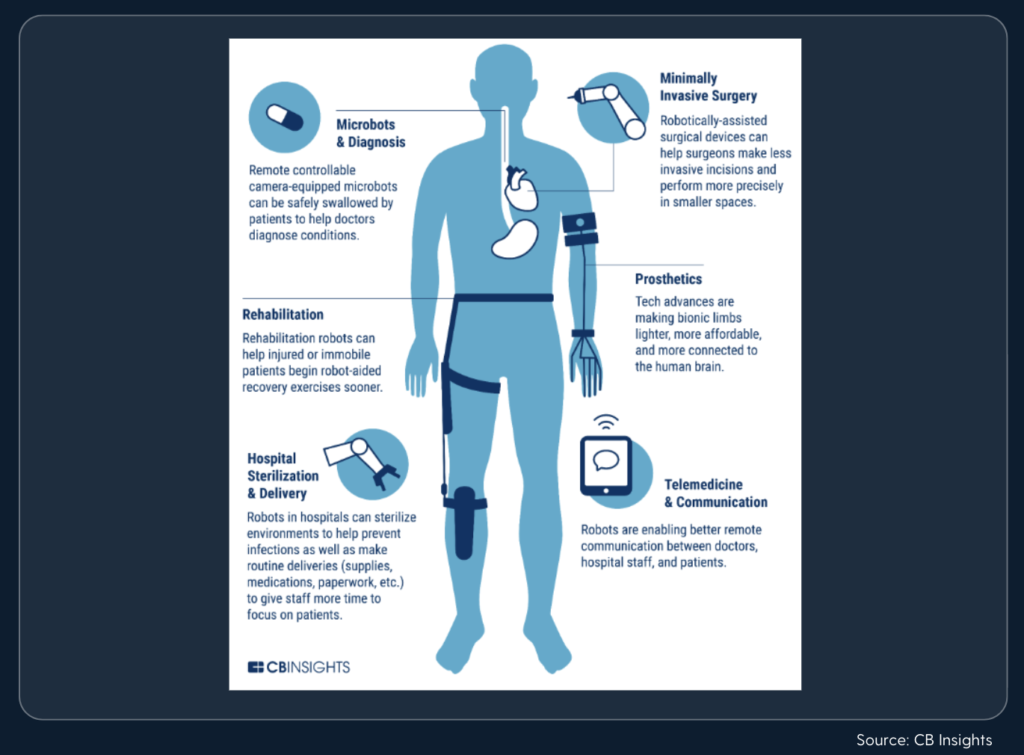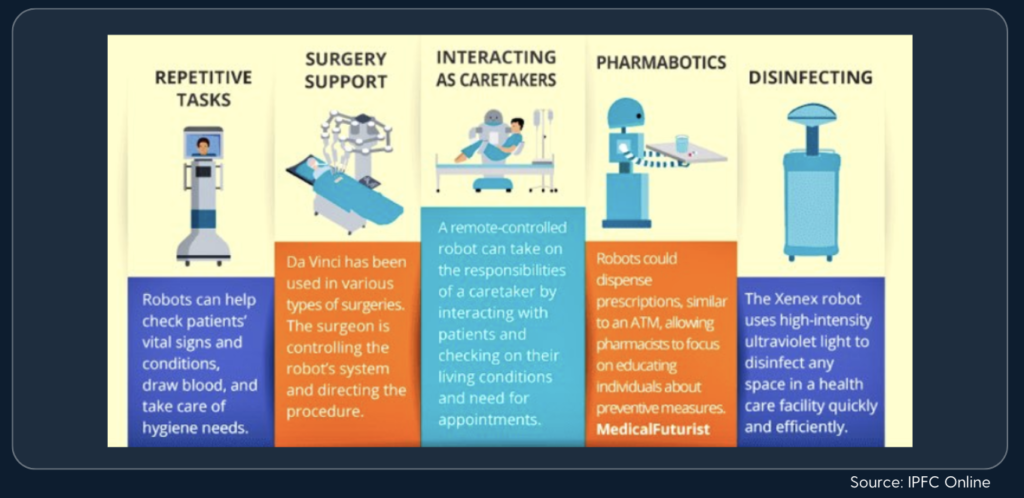
Surgical Robotics: Pioneering Advances in Medical Procedures
The convergence of technology and innovation has sparked a transformative revolution. Among the remarkable advancements, robotics has emerged as a game-changer, revolutionizing the way medical professionals deliver care and enhancing patient outcomes. From surgical procedures to rehabilitation and beyond, robots have become invaluable allies, supplementing human expertise and introducing new possibilities.
The integration of robotics into healthcare is a testament to the remarkable progress we have made in the field of artificial intelligence and engineering. These sophisticated machines possess the ability to perform complex tasks with precision, speed, and consistency, while also exhibiting exceptional adaptability and learning capabilities. As a result, robotics has opened up a world of unprecedented opportunities, where human practitioners and intelligent machines collaborate to provide safer, more efficient, and patient-centric care.
One of the most prominent applications of robotics in healthcare is in surgical procedures. Robotic surgical systems offer surgeons enhanced dexterity, magnified vision, and superior control, enabling them to perform intricate procedures with unparalleled accuracy. This not only minimizes the invasiveness of surgeries but also reduces the risk of complications, shortens recovery times, and enhances patient comfort. Furthermore, robotic assistance allows for telesurgery, enabling skilled surgeons to operate on patients remotely, bridging geographical barriers, and expanding access to specialized care.
Beyond the operating room, robotics has also found its place in various other facets of healthcare. In rehabilitation, robotic exoskeletons and assistive devices facilitate the recovery process for individuals with mobility impairments, providing personalized support and enabling patients to regain independence and mobility. Additionally, robots are employed in medication management, ensuring accurate dosage administration and reducing medication errors. They are also utilized in repetitive tasks such as lifting and transferring patients, alleviating the burden on healthcare professionals and minimizing the risk of work-related injuries.
Moreover, the potential of robotics in healthcare extends beyond clinical settings. From robotic companions providing emotional support to patients, particularly the elderly, to automated systems streamlining administrative tasks and optimizing resource allocation, the integration of robots into healthcare has far-reaching implications. The synergy between human caregivers and robotic assistants holds immense promise for revolutionizing healthcare delivery models, promoting efficiency, and addressing the challenges posed by an aging population and a growing demand for quality care.
Robotics in healthcare has offered innovative solutions that enhance patient care, streamline processes, and improve efficiency. COVID-19 has acted as a catalyst for the increased adoption of robotics in healthcare. Robots play a crucial role in minimizing human-to-human contact, especially in high-risk environments like hospitals and long-term care facilities, contributing to infection control efforts. Telehealth services also support remote medical consultations, procedures, and monitoring.
Pros
- Enhanced Patient Care: Minimally invasive procedures and personalized monitoring
- Streamlined Workflows: Reduce physical demands on staff
- Safe/Clean Environment: Tasks like cleaning and disinfection
Cons
- Limitations in Emotional Support: Compared to human interaction Concerns about privacy, security, and social acceptance of robots.
- Skill Gap and Training: Operating robotic systems requires specialized training, which can be costly and time-consuming.
- Ethical Considerations: Ethical dilemmas related to patient care, decision-making, and the potential dehumanization of medical practices.

Applications
1. Surgical Assistance
2. Rehabilitation Robots
Used for physical therapy in stroke, paralysis, and brain injury patients.
3. Service Robots
Routine tasks like delivering medication and managing inventory.
4. Social Robots
Interact with patients, providing companionship and support.
5. Autonomous Mobile Robots (AMRs)
Assist with disinfection, telepresence, and delivery of supplies.
Use Cases
da Vinci
Robotic surgical system designed to enhance precision, control, and dexterity during minimally invasive surgical procedures.
TUG Robot“Towing Unmanned Ground vehicle”, is a fully autonomous, electric-powered vehicle designed to transport heavy loads for various tasks.
RoomieBotRoomieBot makes decisions, like where to direct patients, triaging, and is used by medical staff to interact with high-risk COVID-19 patients.

